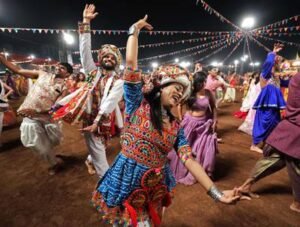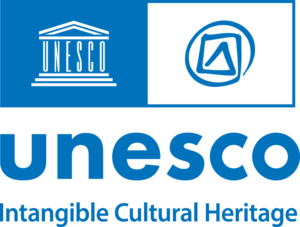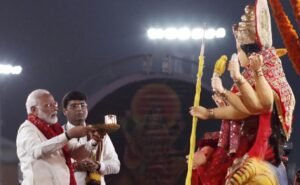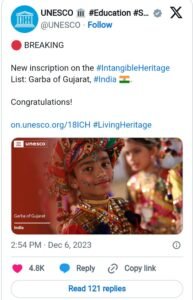Another regional culture of the country got the title of heritage. This time, UNESCO recognized the traditional Garba dance of Gujarat as a heritage. Gujarat Chief Minister Bhupendra Patel announced on November 6 that this traditional dance of the state has been recognized by UNESCO.
After Durga Puja, UNESCO has also listed Garba dance as ‘Intangible Cultural Heritage(ICH) of Gujarat’. After receiving this recognition from UNESCO, every Gujarati from the Chief Minister of Gujarat to the Prime Minister Narendra Modi is naturally excited. PM Modi congratulated everyone for this.
On behalf of the Gujarat government, the state-wide special festival has been announced.

Garba Dance became 15th ICH from India
The 18th meeting of the Intergovernmental Committee for the Protection of Cultural Heritages, which began on Tuesday (December 5) in Kasane, Botswana, included the 2003 session under the provisions of the Convention on Intangible Cultural Heritage.
According to an official release, Gujarat’s Garba is the 15th Indian ICH to join the list.
Garba highlights social and cultural diversity as a unifying force. Garba as a regional dance form is a gathering of ritualistic and devotional art that unites communities from all walks of life.

About UNESCO Intangible Cultural Heritage
According to UNESCO, ‘cultural heritage’ refers to those monuments, ceremonies, and cultures that have been practiced for a long time and preserved from generation to generation. But in order not to lose this ancient culture, all these cultural traditions are recognized by UNESCO to maintain cultural diversity in the face of increasing globalization.
The Celebration of the light ‘Garbha’
Garba dance is inextricably linked with the history and culture of Gujarat.
Garba, one of the most popular dance form in Gujarat, is performed during the Navratri festival for nine days. It is also served in with Dandiya. Both women and men participate in this dance form. Everyone dances around a burning lamp.
During these nine days, a single flame or lamp known as a ‘garbha’ is kept burning. The glowing fire of lamp or ‘Akhand Jyoti’ is considered to be a symbol of Eternal Goddess Power. According to ancient belief, the dance is performed to ward off evil spirits.
To celebrate this auspicious occasion, a troupe of eight dancers from the Indian Council for Cultural Relations (ICCR) performed Garba at the UNESCO venue.

PM Modi and Union Minister shared their joy
Prime Minister Modi took to his ‘X’ handle to share his joy at seeing the culture of his own birthplace being included in the World Heritage List.
He wrote, “Garba is a celebration of life, unity, and our deep-rooted heritage. Its inscription on the Intangible Heritage List showcases the beauty of Indian culture to the world. This honor inspires us to preserve and promote our heritage for future generations. Congratulations for the global recognition.
“This proud moment, when our very own Garba shines on the global stage, also reminds us of our responsibility to promote and preserve more religiously.” Union Minister Amit Shah wrote on his ‘X’ page on Thursday.
A function was organized on the premises of Bhadrakali temple in Ahmedabad to mark this recognition of Garba. Chief Minister Shri Bhupendra Patel was present there. Chief Minister Shri Bhupendra Patel sought the blessings of Maa Bhadrakali and planned a cultural program featuring various forms of garba dance.

Response from UNESCO
UNESCO has described Garba as a ‘cultural heritage’, which has been passed down from generation to generation in both urban and rural areas.
Tim Curtis, The Director of UNESCO New Delhi Regional Office remarked, “I hope this inscription helps ensure the viability of this tradition and inspires the community, particularly young people, to continue with the knowledge, skills and oral traditions associated with Garba.”











Comments 1